Anatomy of the Cloud
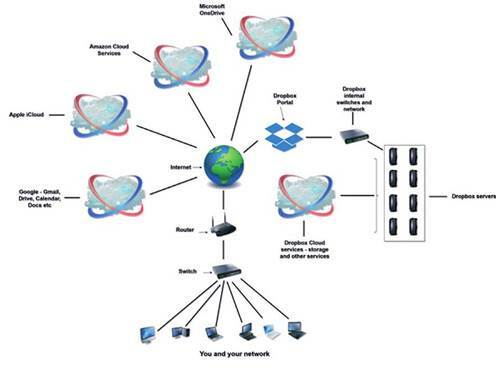
Talking about connected technologies, all accessing a central cloud infrastructure across several geo-redundant datacentres can be a little difficult to visualise. How is it all connected, where do you and your computer or device fit in to the big picture?
CLOUD STRUCTURES
Let’s take a moment to build the anatomy of the cloud, from the ground up. Starting with you, the user, sat in front of your computer or device.
While connecting to a cloud resource may seem seamless, there’s actually a lot going on in between you and where the actual item you’re viewing is stored. Starting with you, either as a home user or in the workplace, there’s the PCs, Macs, tablets and so on, all connected to a home or work network via a switch.

The switch, or switches, are connected to a router; this in turn provides the link to the Internet via an ISP (Internet Service Provider). Well view the Internet here as a separate connection, where you’ll browse for websites and such. Connection to a cloud service is usually through a portal, or website; let’s use Dropbox as an example here.
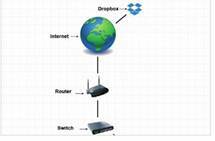
Dropbox is naturally also connected to the Internet through a similar sort of process; although it’s a little more complex for something as big as Dropbox. The Dropbox portal to put it simply, connects to the Dropbox internal network of servers and through various layers of software all combine to form the cloud resource you’re accessing
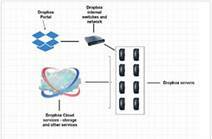
Essentially, each of those Dropbox servers provides storage and computing power. Combined they form a huge cluster of available storage and computing power. The software that the Dropbox servers run. via the portal front end to the user, is what makes up the cloud. These clusters of servers could be located anywhere in the world.
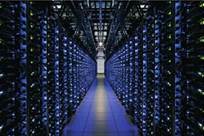
Although the technology used in each of the cloud services you access is a complex system of security, access, scanning, load balancing and performance, the basic principal is the same. Any cloud service is simply a datacentre of hundreds of connected servers providing storage and processing power, designed for easy access to the public and commerce.
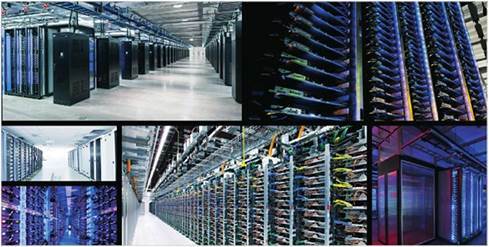
Now take the basic anatomy of the entire structure and multiply that by several million. This is. to a certain degree, the entire makeup of the world’s cloud services. Each cloud provider offering space on its cluster of servers for storage, virtualisation, telecoms, email and all other cloud service types available.
